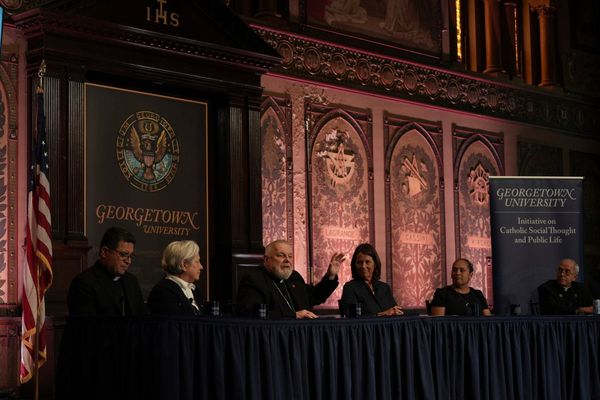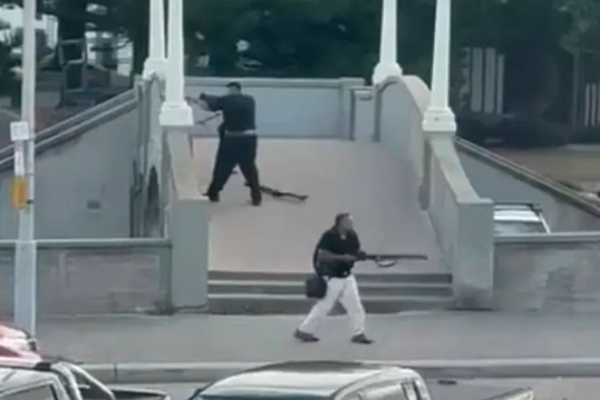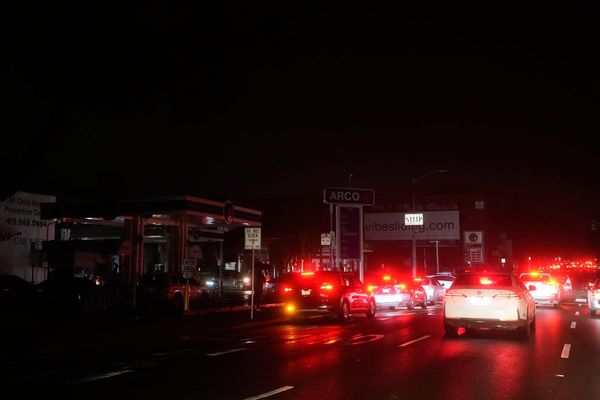To the relief of officials in Kyiv, Donald Trump announced this week that the US would resume weapons shipments to Ukraine - just days after those exports were halted by the Pentagon.
The US president told reporters on Monday evening that he would send more weapons to Ukraine - a direct reversal of the order given by his Defence Secretary Pete Hegseth.
“We have to, they have to be able to defend themselves,” he said. “They're getting hit very hard. Now they're getting hit very hard. We're going to have to send more weapons, defensive weapons, primarily, but they're getting hit very, very hard.”

His comments came before Russia launched its largest-ever aerial attack on Ukraine, involving 728 drones and 13 missiles overnight and into Wednesday morning.
“This is a telling attack – and it comes precisely at a time when so many efforts have been made to achieve peace, to establish a ceasefire, and yet only Russia continues to rebuff them all,” Volodymyr Zelensky said on Wednesday morning.
Last week after weapons shipments were stopped, the Ukrainian president spoke with Trump about the importance of US support.
Below The Independent looks at how much support the US has provided to Ukraine’s war effort, why the Pentagon decided to pause shipments and what could happen from here.
What support has the US provided to Ukraine?
Since just after the war began in February 2022, the US has provided billions of pounds worth of support to Ukraine. It is the largest single nation supporter in financial terms of Ukraine’s war effort.
The Kiel Institute for the World Economy, a think tank based in Germany, estimates that the US has provided €114.6 billion-worth (£98.7 billion) of support to Ukraine, including €3.4bn (£2.9bn) in humanitarian support, €46.6bn (£40.1bn) in financial assistance, and €64.6bn (£55.6bn) in military allocations.
In comparison, the country that has provided the next largest amount of assistance in terms of monetary value is the UK, at €19.3 billion (£16.6bn), while Germany comes in third at €15.9 (£13.7bn), according to the Kiel tracker.
Critical weaponry provided by the US includes three Patriot air defence batteries and munitions, advanced surface-to-air missile systems, a variety of air defence systems and anti-aircraft missiles, guns and ammunition.
The US has also sent 31 Abrams tanks and 45 T-72B tanks, 20 Mi-17 helicopters, and hundreds of other armoured personnel carriers.

Why did the Pentagon halt shipments?
Last week, the Pentagon suspended some shipments of military equipment to Ukraine for the second time since Donald Trump’s return to the White House.
Those shipments included Patriot missiles, artillery shells and other weapons as part of what Pentagon officials described as a pause of arms shipments globally while the US takes stock of its own caches of weaponry.
Those weapons, including Hellfire missiles and guided multiple launch rocket systems, have been critical to Ukraine’s defence forces.
However, this was reversed by Trump just days after it was announced by his Defence Secretary Pete Hegseth with reports suggesting the President was left “blindsided” by the decision. Sources told CNN that the White House had not been briefed by Hegseth prior to the announcement.
Asked who authorised the pause on Tuesday, Trump told reporters: “I don’t know, why don’t you tell me?”
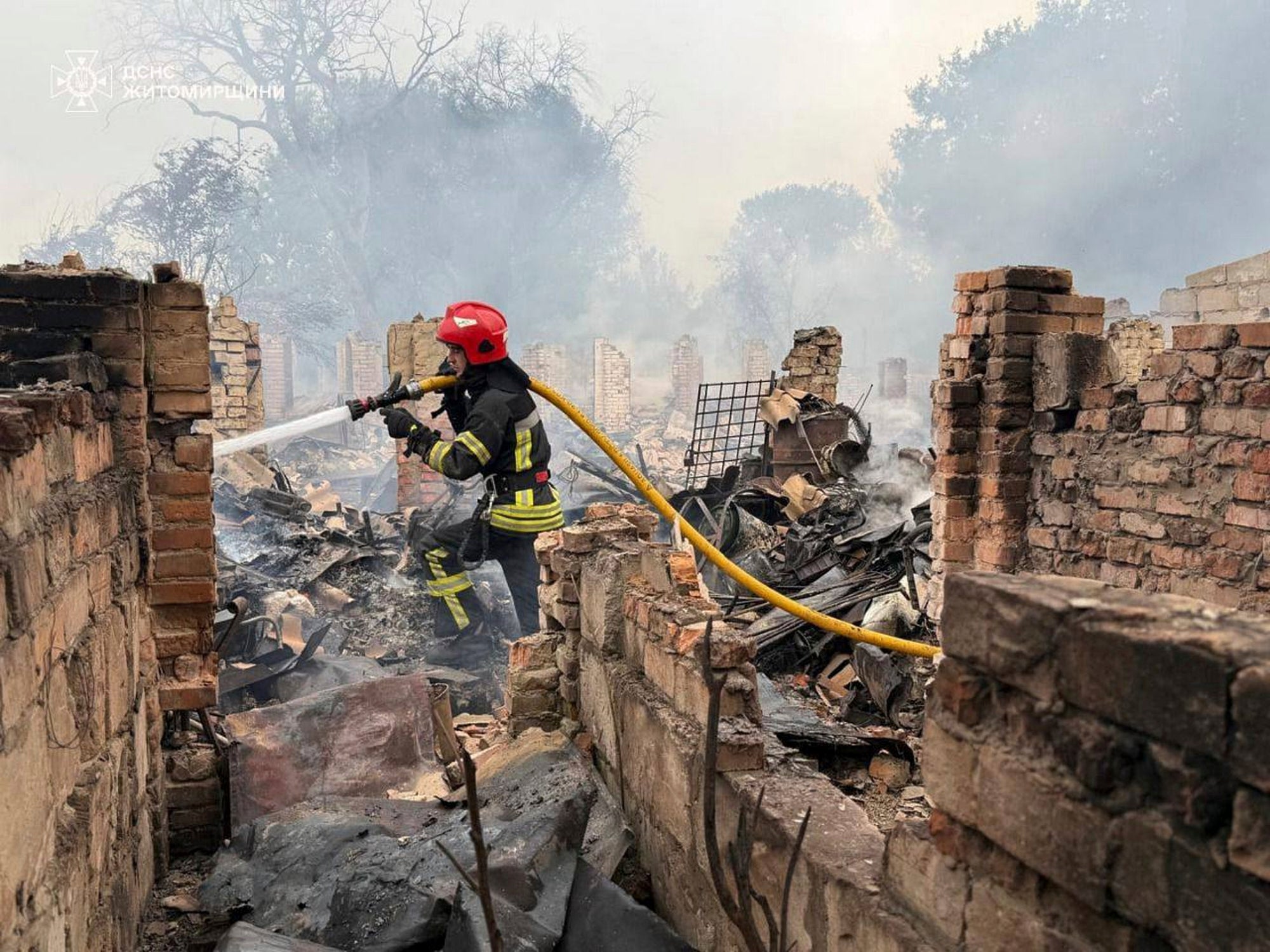
In March, the president paused all military aid to Ukraine after a fiery clash with Zelensky in the White House the week prior.
The pause also came as Russia ramped up its attacks on targets across the country.
The Russian army targeted Ukraine with a record 728 drones overnight, almost all of which were destroyed by Ukraine’s air defence units.
On Saturday, Russia targeted Kyiv with a seven-hour aerial bombardment that killed one person and injured at least 26 others.
That strategy has coincided with a concerted Russian effort to break through parts of the roughly 1,000km front line, where Ukrainian troops are under severe pressure.
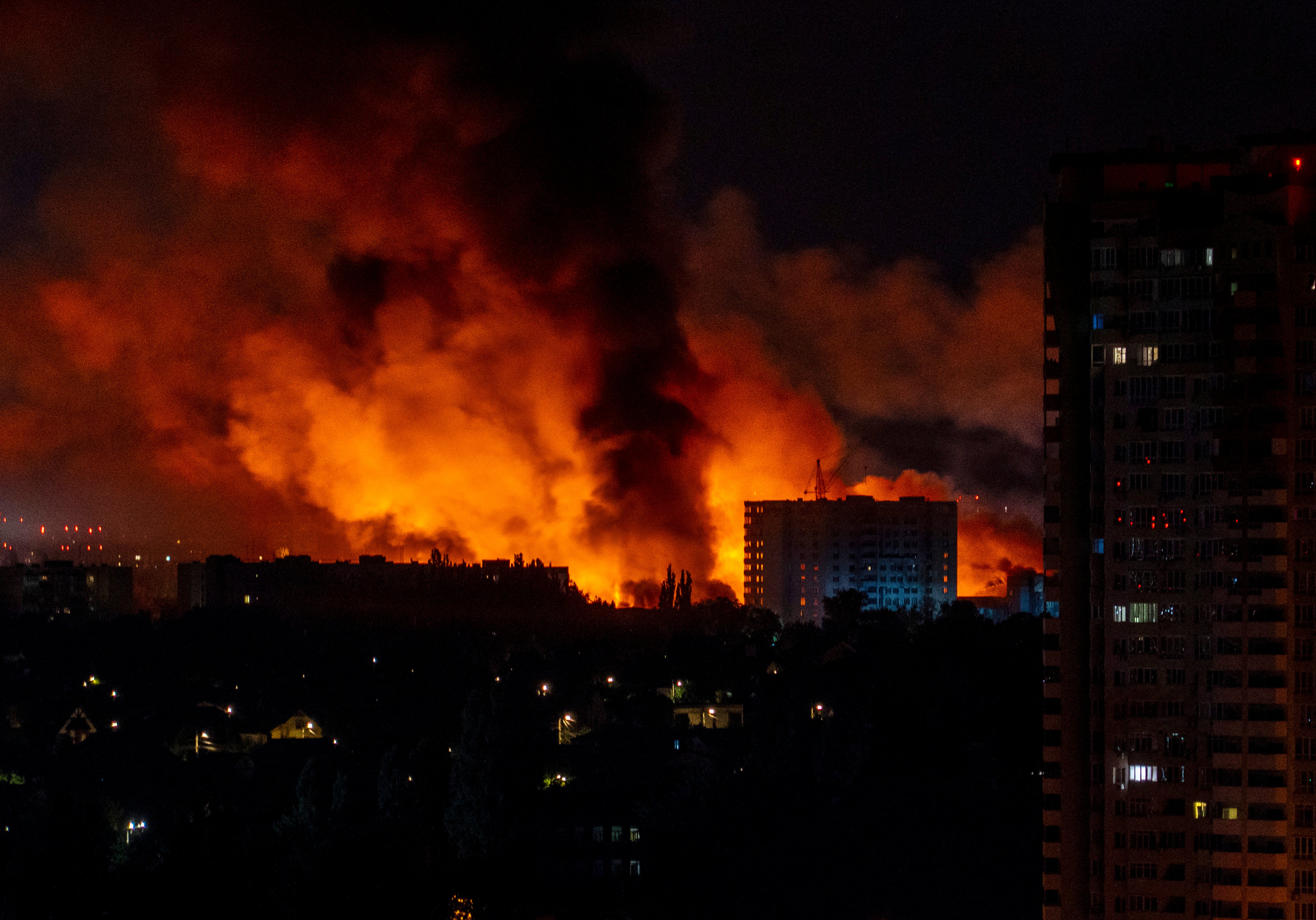
Could renewed US support change the course of the war?
Reaction from experts has been mixed following the US president’s u-turn on support for Ukraine.
Maksym Skrypchenko, president of research group the Transatlantic Dialogue Centre, said Ukraine can no longer count on the US to provide weapons as America turns its focus to the Middle East.
“It’s not the ideal strategy we would like to see,” Mr Skrypchenko told The New York Times.
John E Herbst, the senior director of the Atlantic Council’s Eurasia Centre and a former US ambassador to Ukraine, said the future of the conflict would be influenced by the next steps taken by the US on weapons sales to Ukraine.
“In the call with Zelensky, Trump once again acknowledged the brutal pounding that Putin is inflicting on Ukraine with his enhanced bombing,” Mr Herbst wrote in an analysis.
“It is now time for the United States to sell Ukraine more air defence and other weapons that would underscore for Putin that he will fail in his efforts to take more Ukrainian land.”
Hegseth did not get OK from Trump for Ukraine weapons pause, report says
Doctors against Palantir’s NHS software put ‘ideology over patient interest’
Why is Trump threatening higher tariffs on ‘anti-American’ Brics nations?
HS2’s structures should have been ‘largely completed’ by now
Ukraine war latest: Trump ‘blindsided’ by Pentagon decision to halt weapons to Kyiv
Human rights court to make first ruling over Russia’s responsibility for Ukraine war
